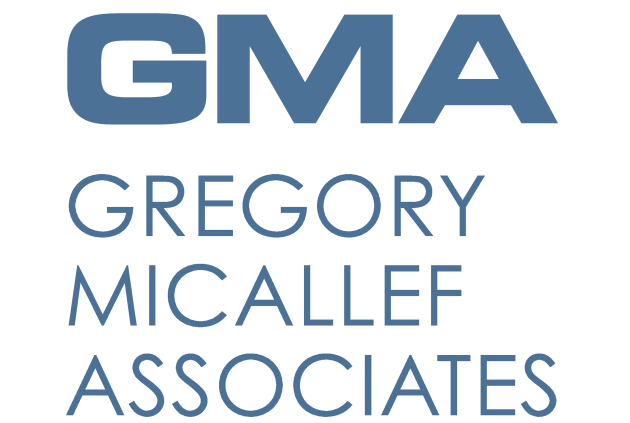A newly developed ‘Mobile-Sensing System’ that uses a combination of smartphone, fitness bracelet, app and cloud-based machine learning algorithms can track and rank the workplace performance of employees with 80% accuracy.
Based On Student Monitoring App
The underlying technology blueprint for the new system, which was developed by a group of researchers including Dartmouth University computer science professor Andrew Campbell, is a student monitoring app that was used to help improve productivity. The ‘StudentLife’ app monitored student behaviour and predicted academic performance.
The ‘Mobile-Sensing System’
The new ‘Mobile-Sensing System’ uses the combination of a smartphone to track physical activity, location, phone usage and ambient light, a wearable fitness tracker to monitor heart functions, sleep, stress, and body measurements e.g. weight and calorie consumption, and location beacons that can be placed in the home or office to provide information about time at work and breaks.
The number-crunching for the system is carried out by cloud-based machine learning algorithms that have been trained to classify workers by performance level.
Why?
The system provides feedback to both the employee and employer and, according to the researchers, by using this ‘passive’ sensing and machine learning system, companies have another way of assessing how individuals are doing in their jobs, and employees can be helped to see how they can optimise and boost their performance.
The researchers believe that the system can unlock and give greater insight into behaviours that drive performance and offers benefits over more traditional review techniques that can require manual effort and can be biased and unreliable.
Best Performers
The researchers have noted that, according to the new system, the best performers are likely to be those who have lower rates of phone usage, have longer deep sleep periods and are more physically active and mobile.
Surveillance?
Although the researchers have pitched the system as something that could help employer and employee, critics may say that, in the relationship where the employer has the power, this kind of close surveillance and micro-management tool could favour younger physically active people (those without disabilities or sleeping disorders), could create stress in individuals who feel that they are constantly being monitored and ‘ranked’ by a ‘big brother’ system with a view to being replaced based on numbers created by secret algorithms.
It could also mean that employees without home/family commitments or who live closer to work may be ranked as more productive because they are able to stay longer or come into the workplace outside normal hours.
What Does This Mean For Your Business?
This system does show how new technologies can be combined to provide closer insights into work and performance and in some jobs e.g. repetitive manual jobs where time is a key factor anyway. For some employers, therefore, this system could have a real value in evaluating and improving working processes, particularly if it is accompanied by a positive rewards-based system, and if support is made available to those employees who don’t rank as highly.
This system, however, may not be able to take account of many of the other dynamics and soft factors that make up good performance, and may not be suitable as the main monitoring method in certain more specialised jobs and roles. There is also a danger that this kind of system in the wrong hands could be used as a blunt instrument of surveillance and control over a workforce.
Privacy and security are also a major concern for businesses and employees, and whether or not the data and performance measurements can be linked to an individual, where (and how securely) that data is stored, and who the data can be shared with should be areas of concern.


